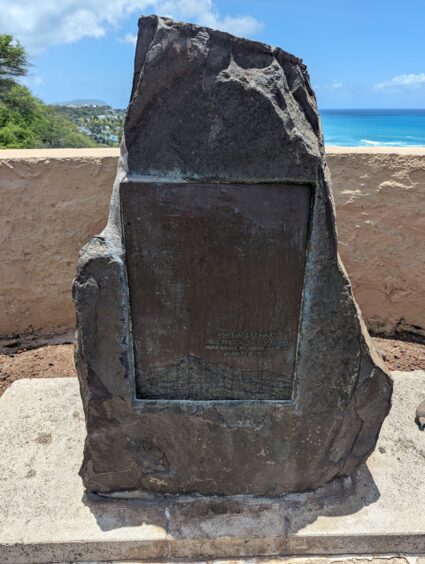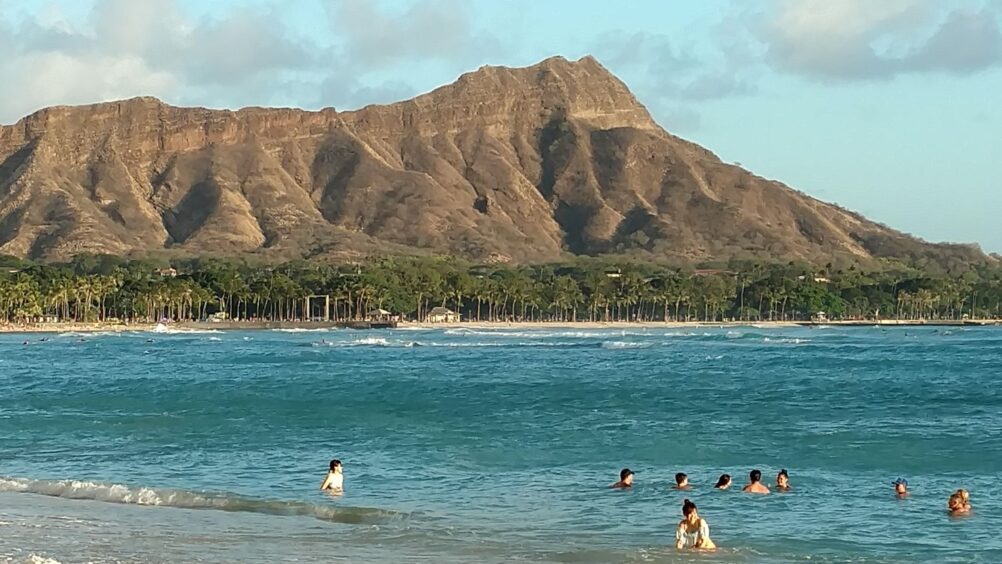
Diamond Head, the iconic landmark of the Hawaiian islands, is more than a distinctive volcanic tuff cone. It’s also a neighborhood that encompasses the 300-acre lush green Kapiolani Regional Park at the edge of Waikiki and miles of coastline dotted with beaches and pocket parks.
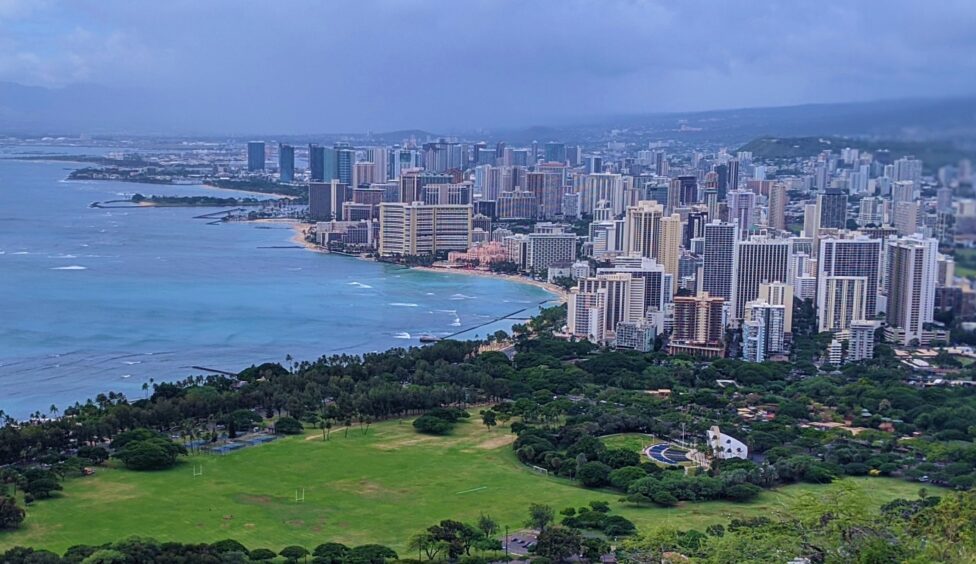
Hawaiians believed Diamond Head is a manifestation of Pele, the goddess of fire, volcanoes, and creation. They also believed it was a source of spiritual power and a place where ancestors could communicate with the gods. It’s a sacred place where Hawaiians would offer gifts to the gods.
Known as Leahi in Hawaiian, the name may describe the promontory (lea) that resembles the dorsal fin of tuna (ahi). British sailors mistook the sparkling calcite crystals for diamonds, leading to the current name.
A fort was established by the United States in 1906 as Diamond Head Reservation and renamed Fort Ruger in 1909 for the purpose of defending its newly annexed territory.
Kapiolani Park was originally a popular horse racing site, established by King Kalakaua in the 1870s.
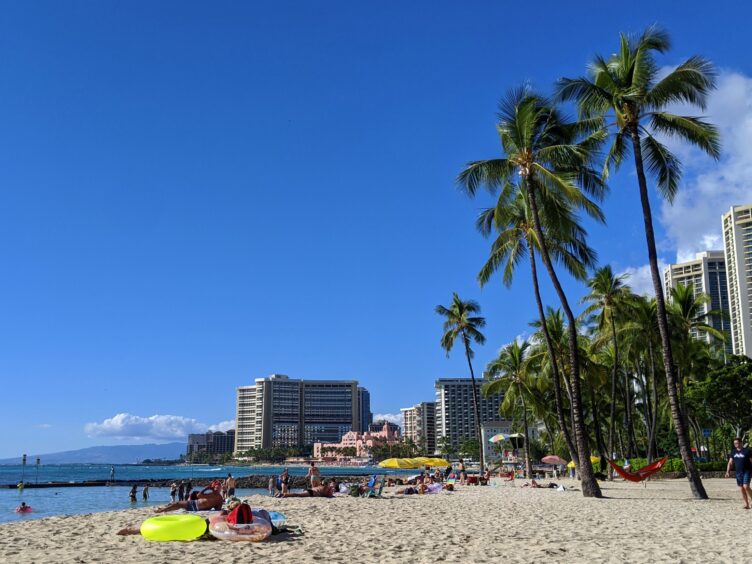
If you’re staying in Waikiki or Diamond Head, there are a number of walks of varying intensity, ranging from short strolls to the longest, tracing a circle around the base and including a trek to the top.
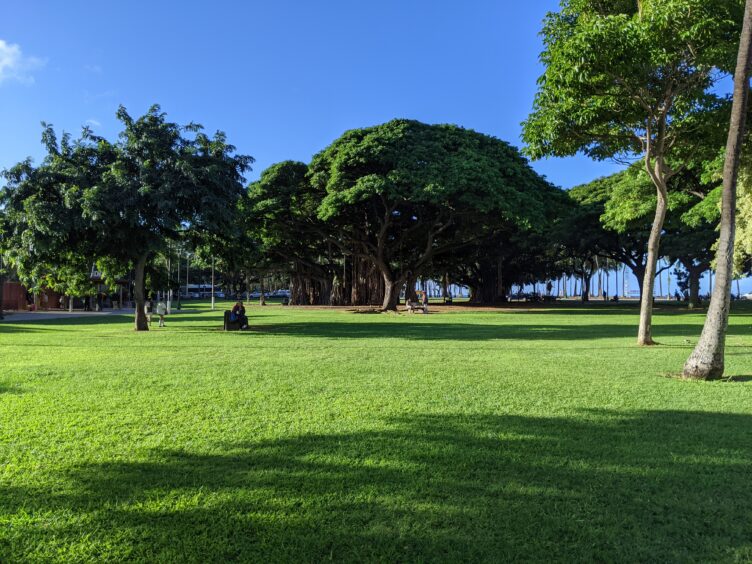
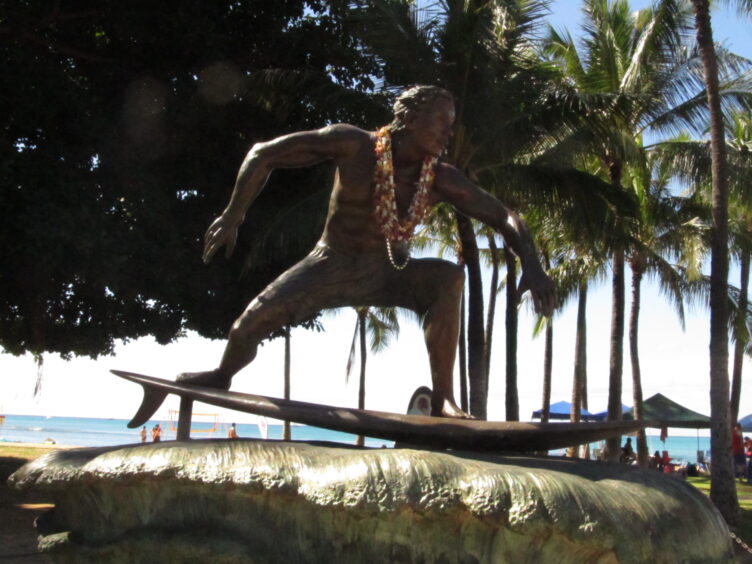
For this article, I’m going to cover the section south of Kapiolani Park heading toward Kahala along the coast, where several small parks offer access to the sea. This route starts at Sans Souci/Kaimana Beach and ends at the Amelia Earhart Memorial.
Start on Kalakaua Avenue at Sans Souci Beach and walk south. Altnerative start: you can also start from Waikiki on Kalahaua Avenue. Turn left on Coconut Ave. Turn right on Diamond Head Avenue and keep going to the barely recognizable Amelia Earhart Monument (see photo at the end). To continue the walk around the base of Diamond Head, continue curving around the mountain on Diamond Head Avenue to the visitor entrance to the Diamond Head State Monument. Note that at Fort Ruger Park, you’ll need to turn left to stay on Diamond Head Ave.
Reservations are not required for most of the walks listed here, but if you want to climb Diamond Head, you’ll need one. You’ll need a reservation to enter Diamond Head State Monument by vehicle or foot–get them from the Hawaii Division of State Parks.
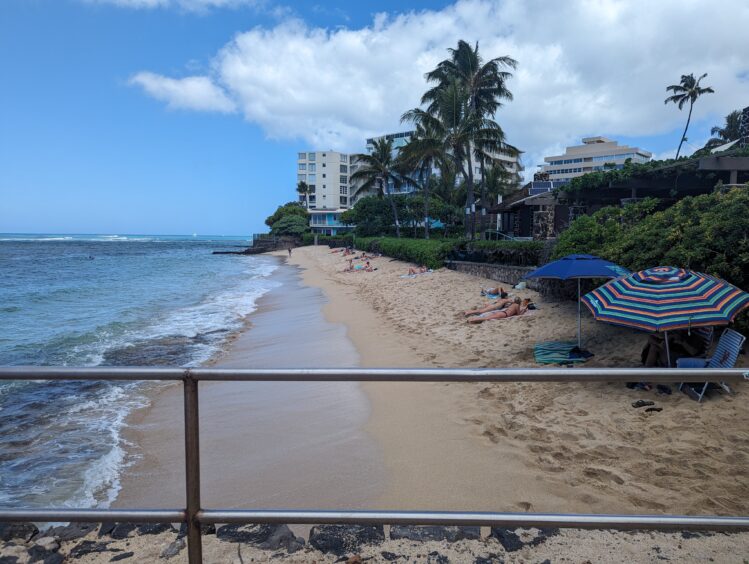
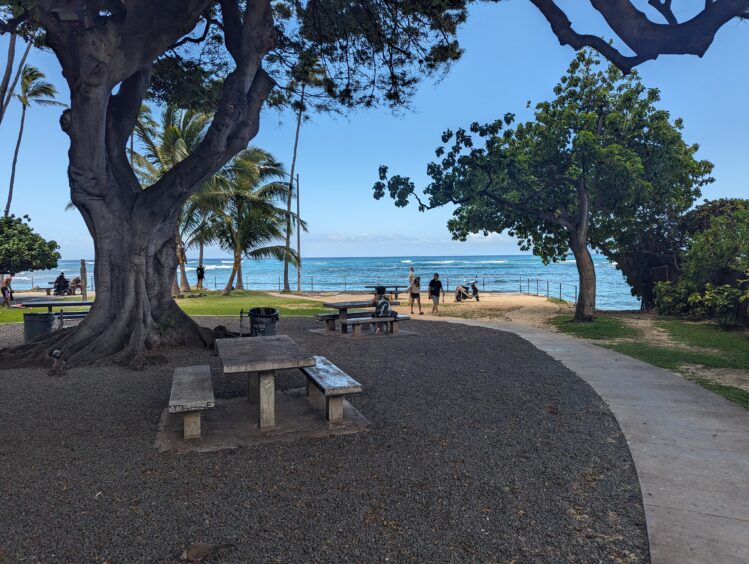
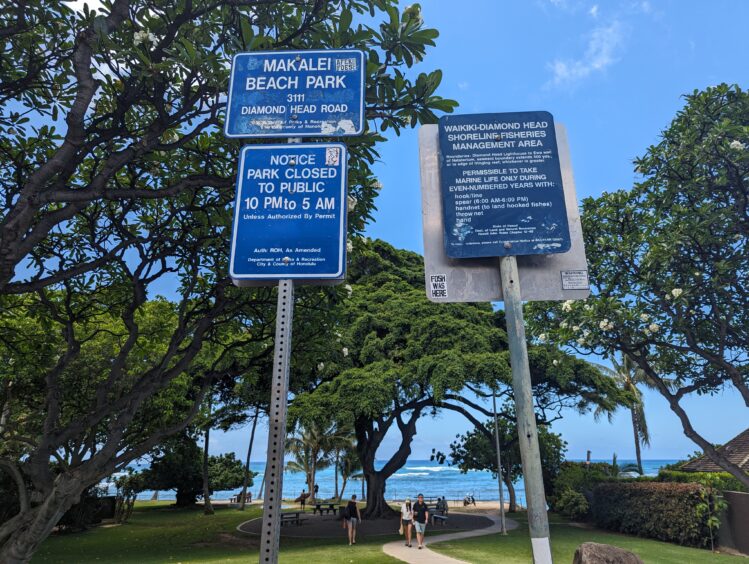
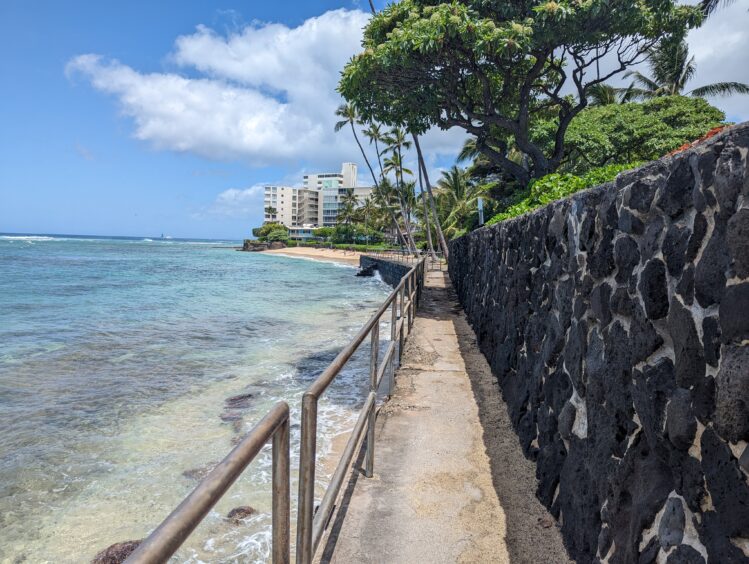
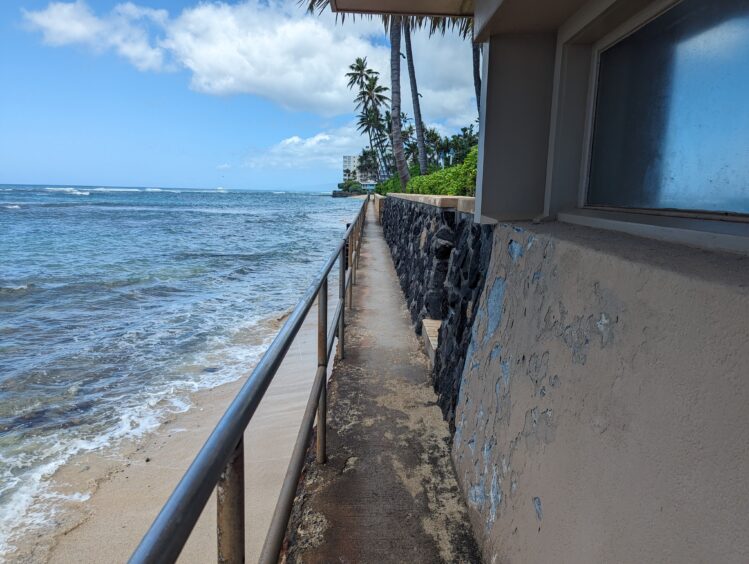
Connector between Makalai Beach Park & Leahi Beach Park (Inga Aksamit)
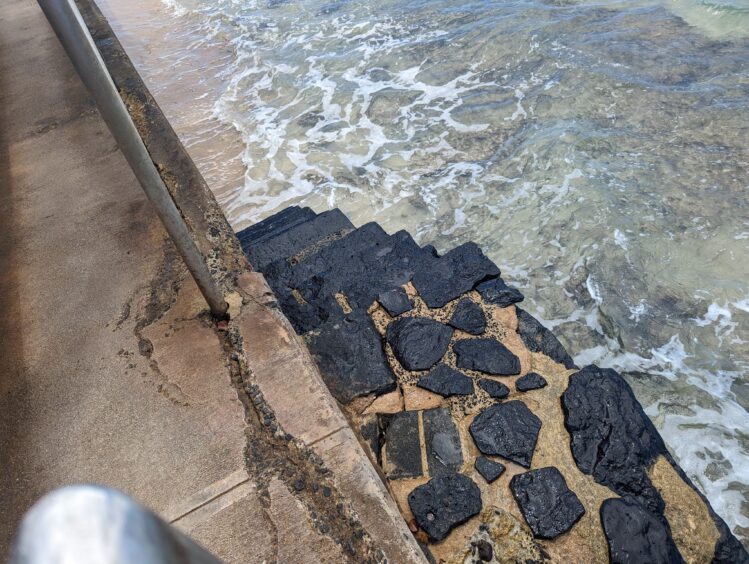
Steps to the ocean between Makalai Beach Park & Leahi Beach Park (Inga Aksamit)
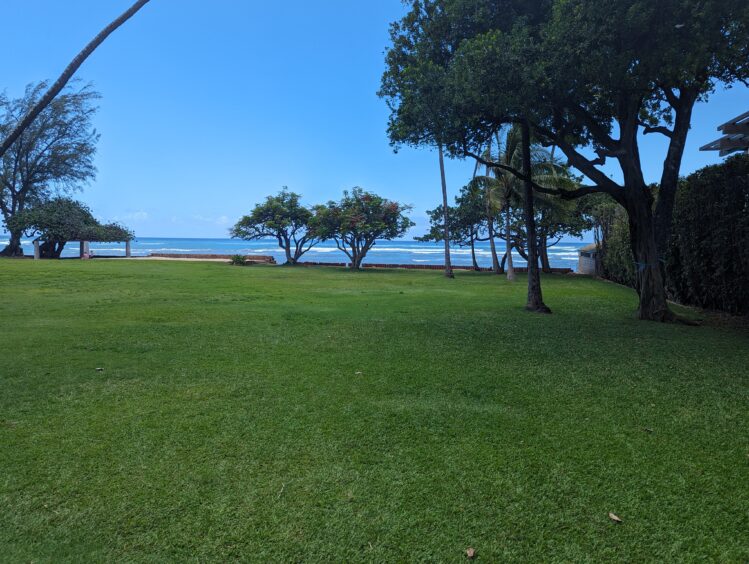
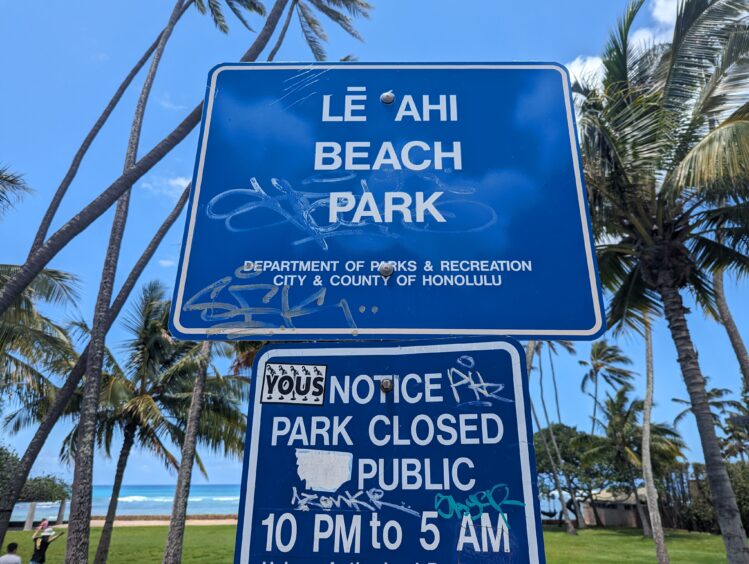
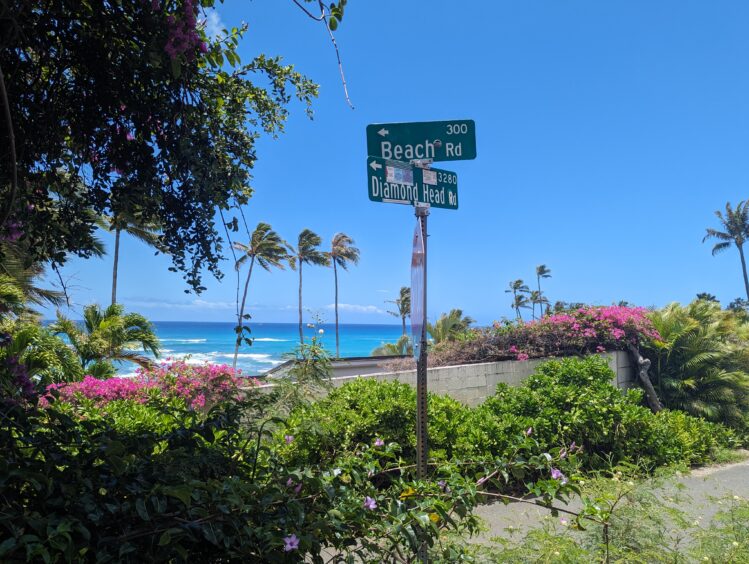
Head down Beach Road to Kamasutra Beach Park (Inga Aksamit)
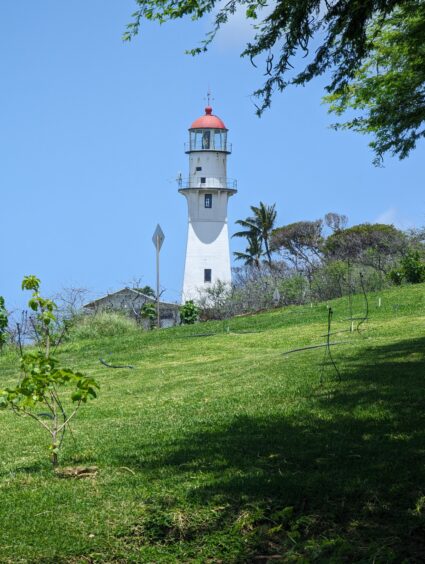
Diamond Head Lighthouse (Inga Aksamit)
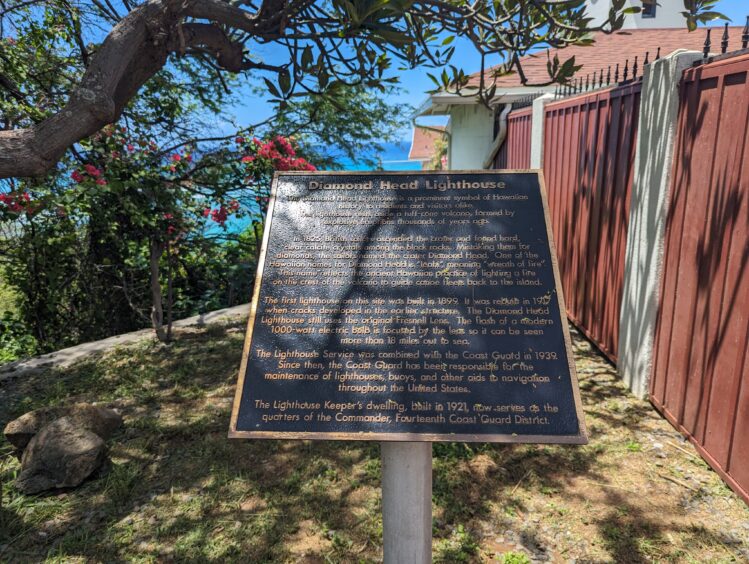
Diamond Head Lighthouse (Inga Aksamit)
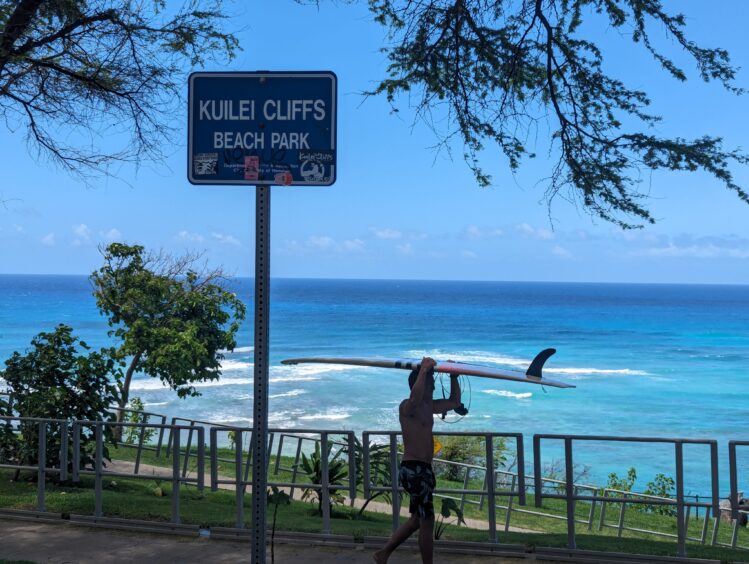
Kuilei Cliffs Beach Park gets a lot of love from volunteers (Inga Aksamit)
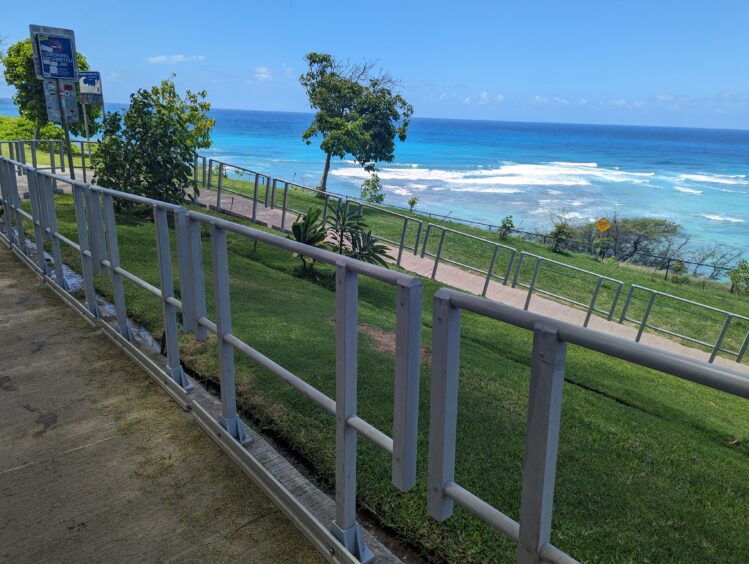
Kuilei Cliffs Beach Park (Inga Aksamit)
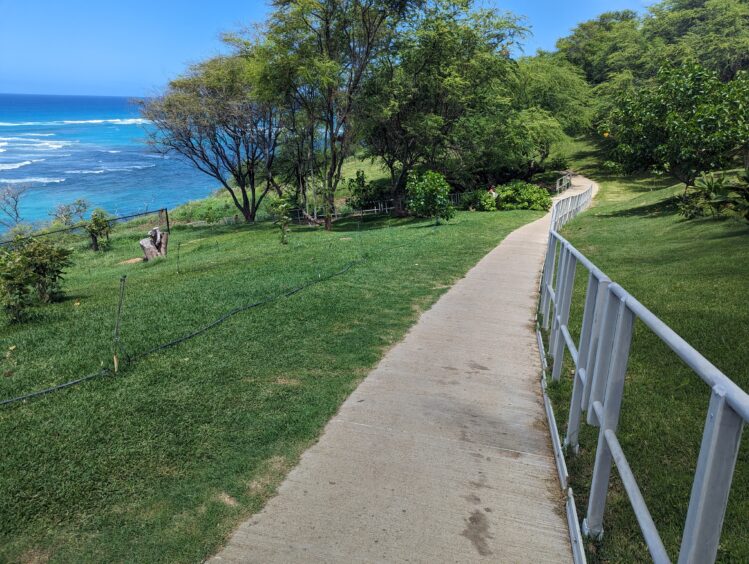
Kuilei Cliffs Beach Park (Inga Aksamit)
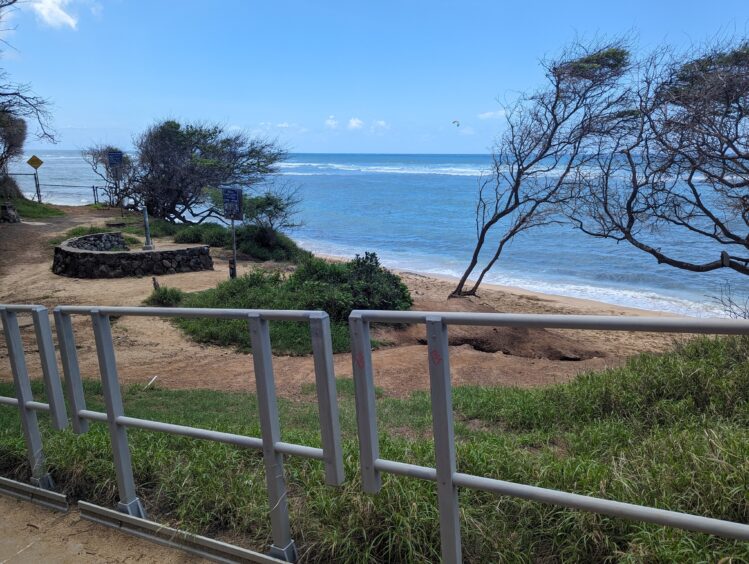
Kuilei Cliffs Beach Park (Inga Aksamit)
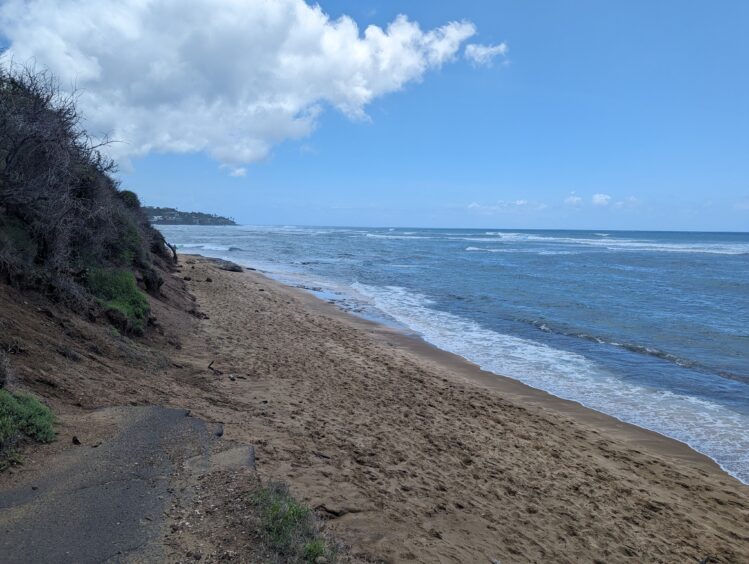
Kuilei Cliffs Beach Park (Inga Aksamit)
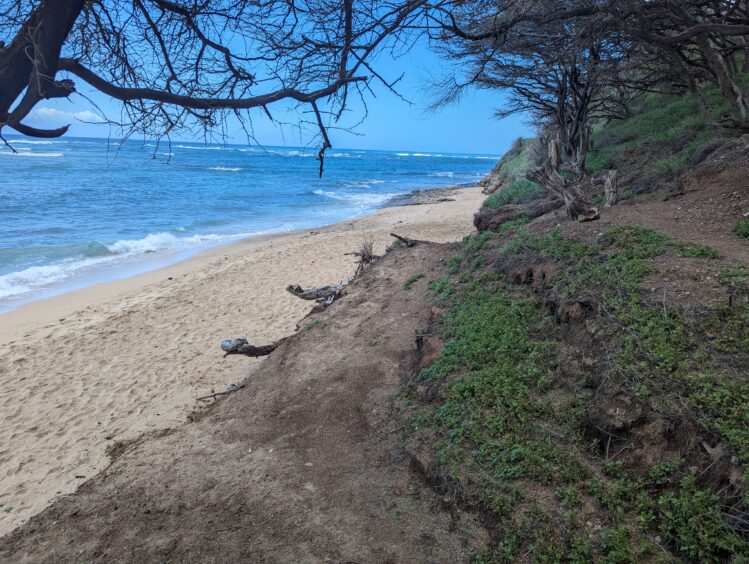
Kuilei Cliffs Beach Park (Inga Aksamit)
